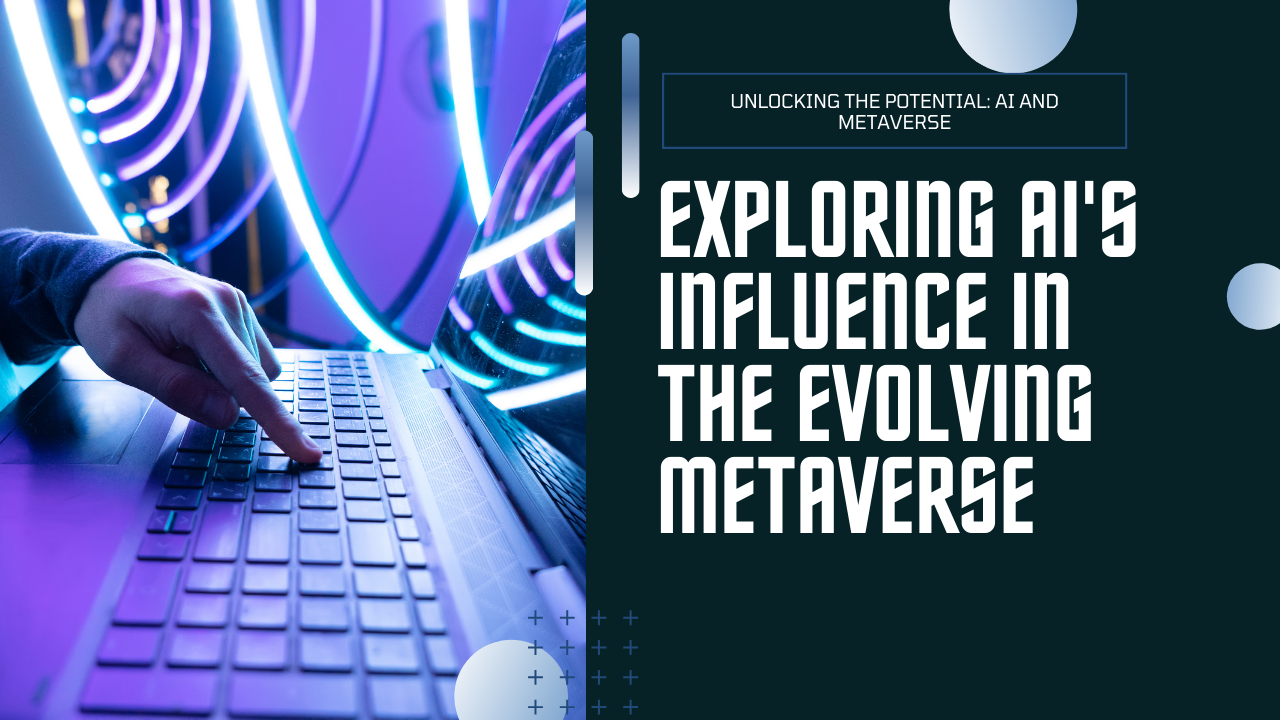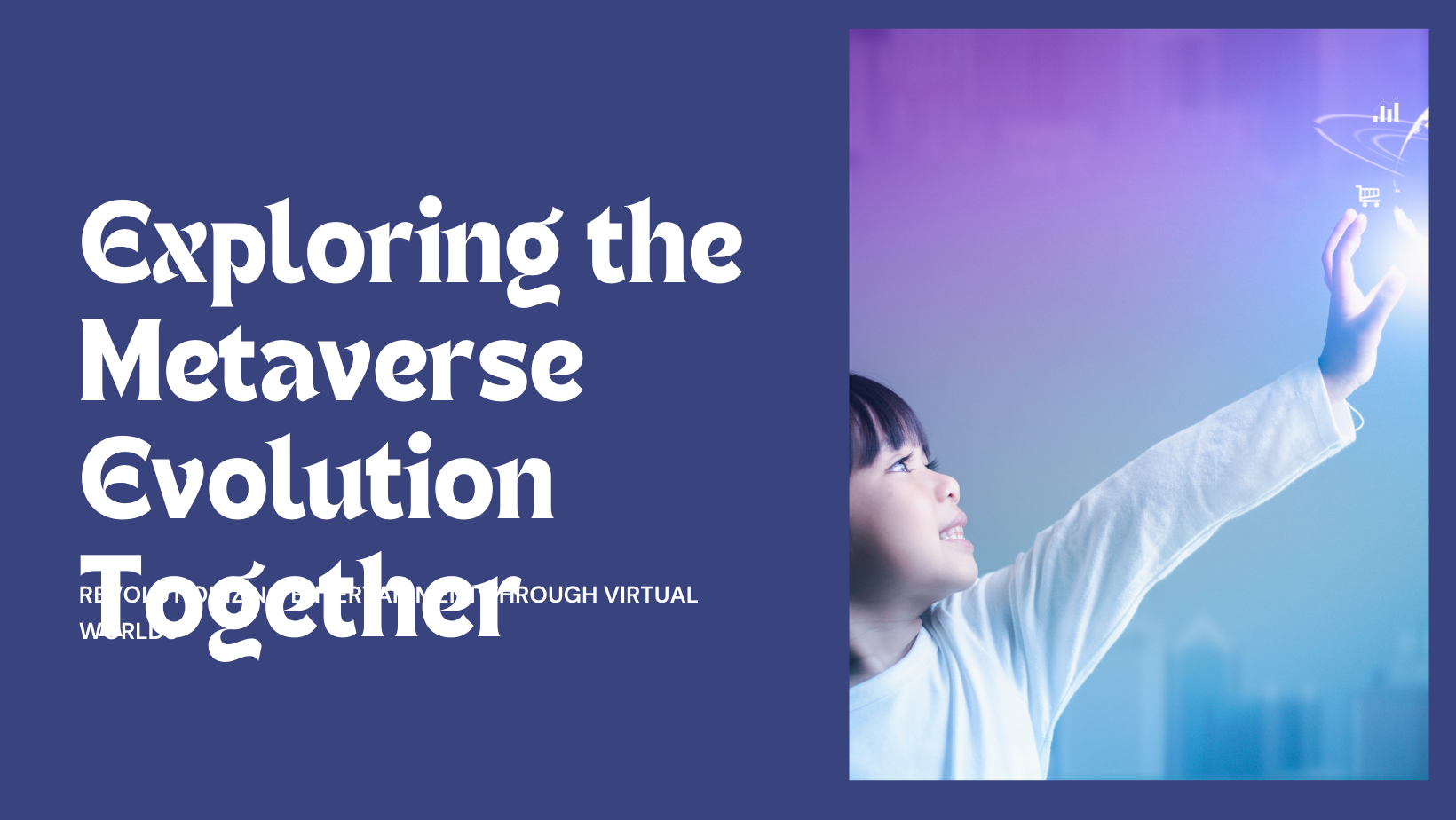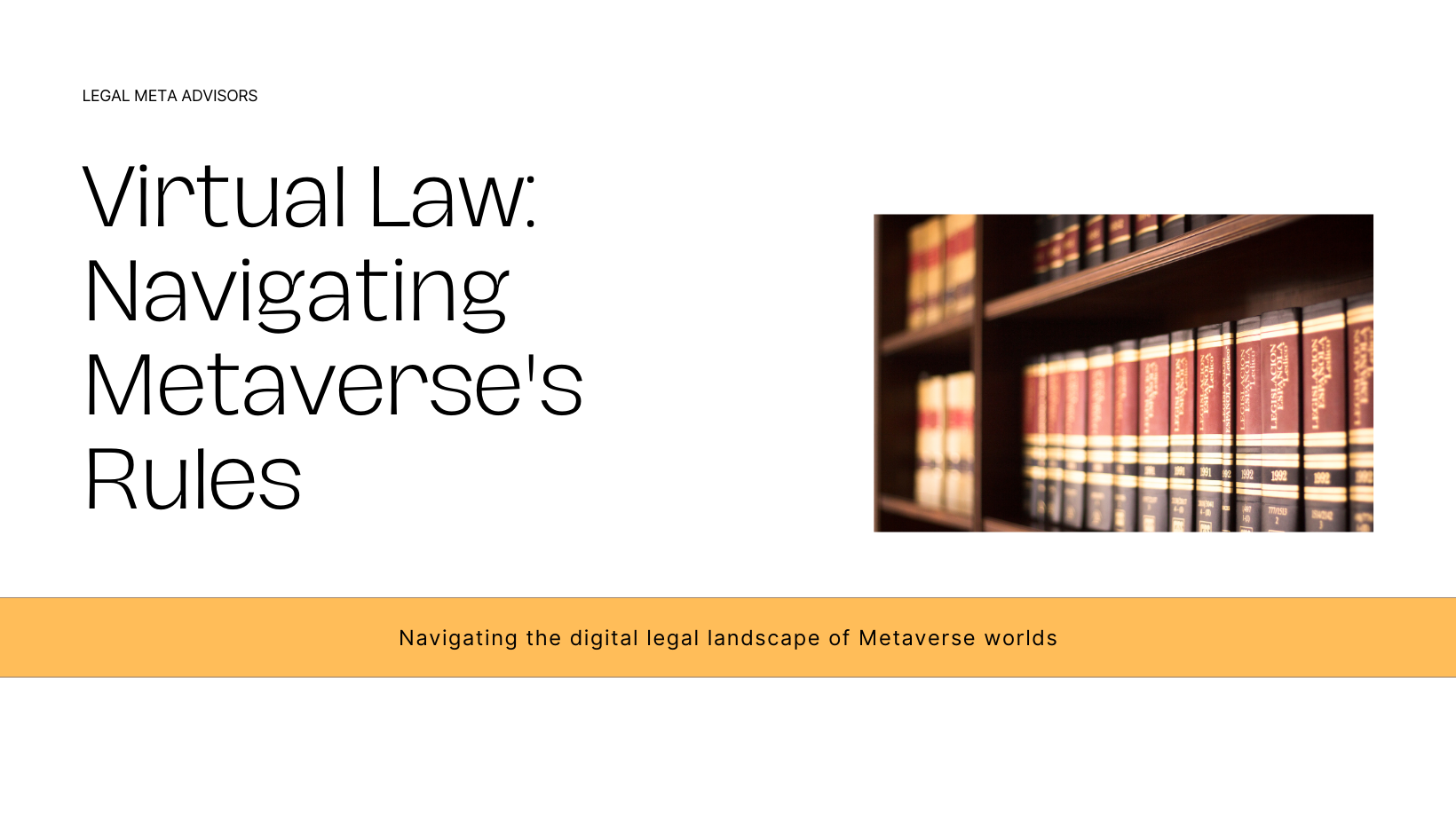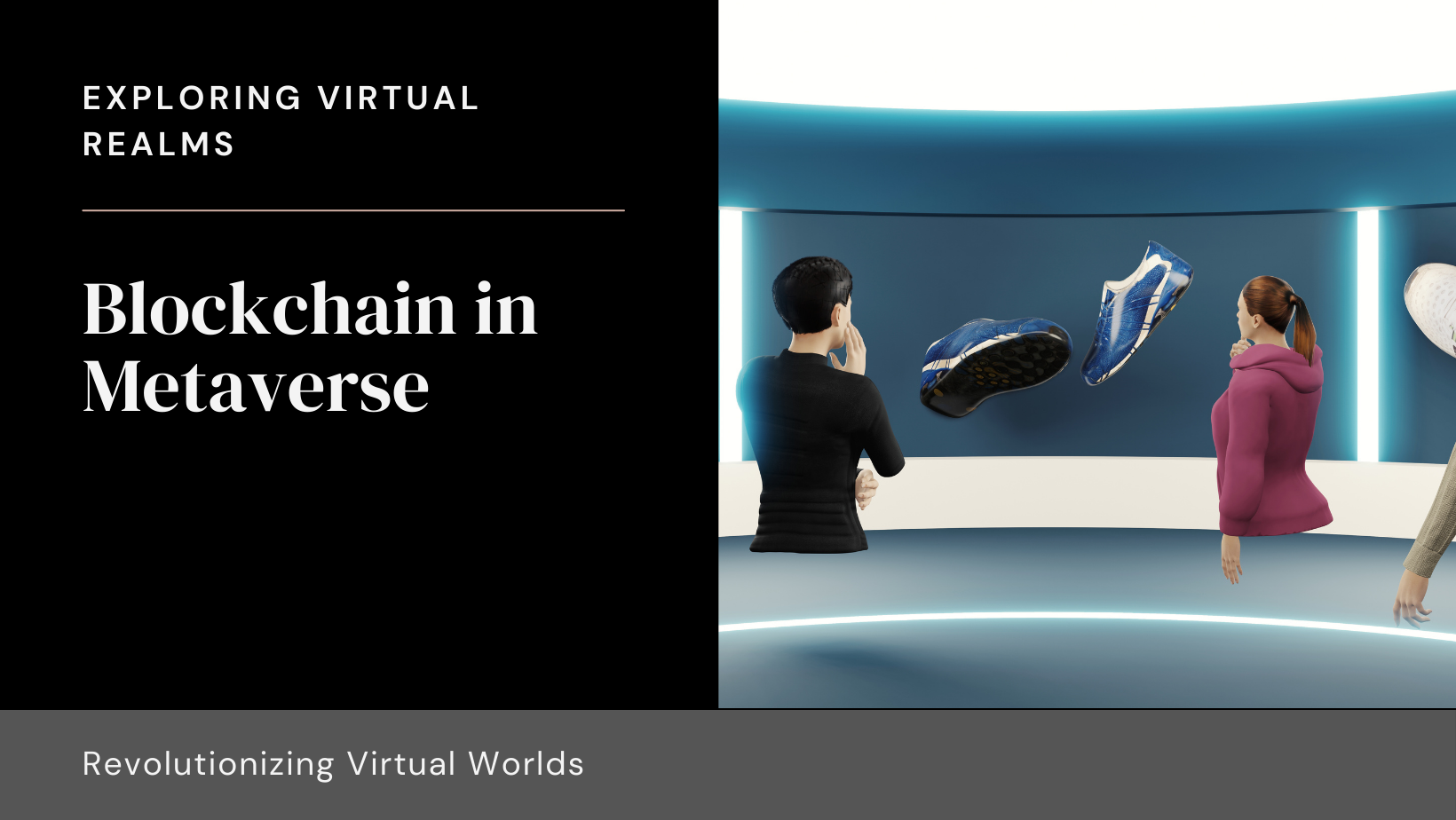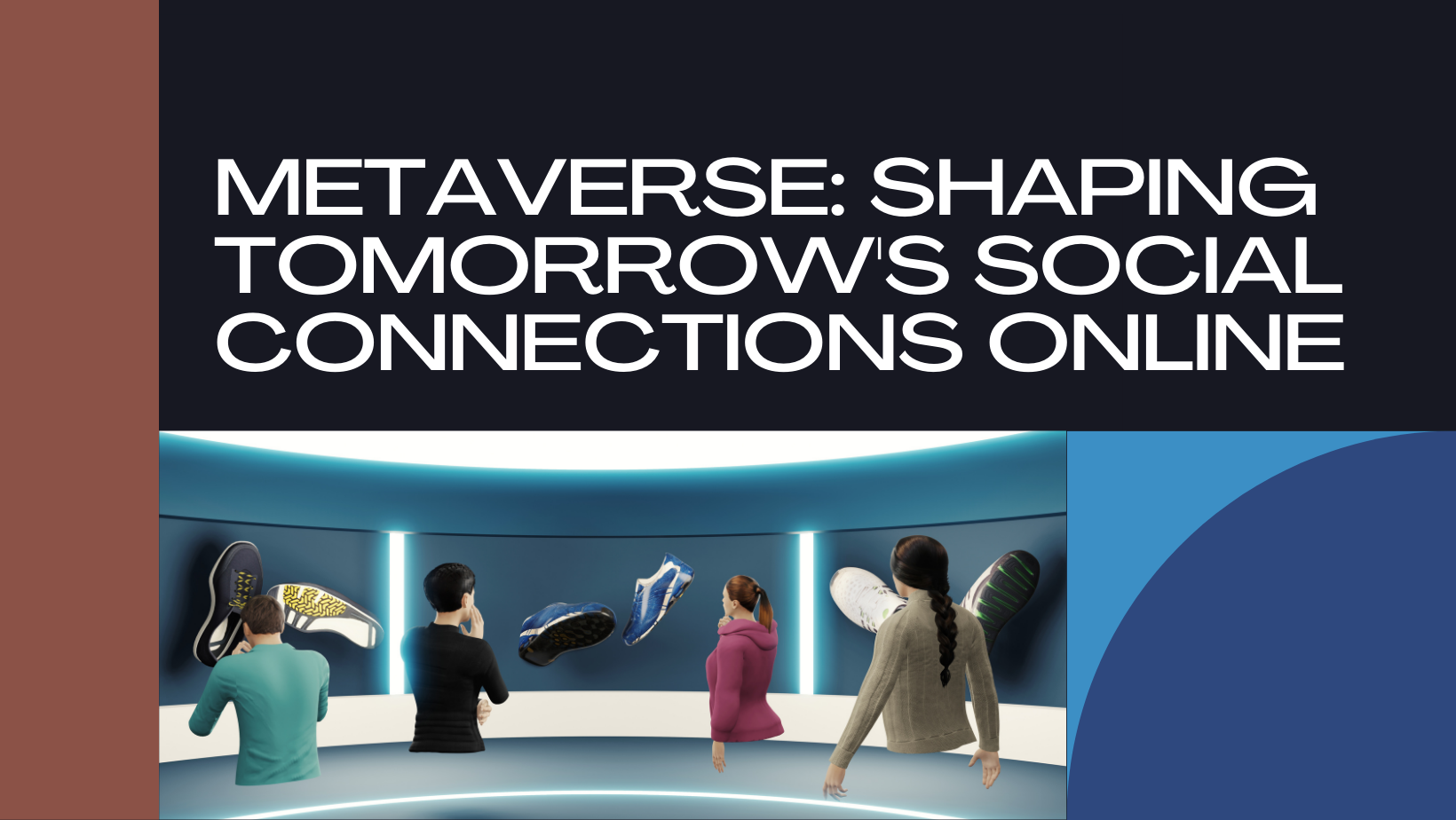As the digital landscape continues to evolve, the integration of artificial intelligence (AI) into virtual environments has emerged as a transformative force, revolutionizing how users interact, engage, and navigate within the Metaverse. This blog delves into the pivotal role of AI in shaping the future of immersive virtual experiences, exploring its applications, impact on user interactions, and potential for driving innovation across diverse sectors within the Metaverse ecosystem.
Understanding AI in the Metaverse
AI encompasses advanced algorithms, machine learning models, and cognitive computing technologies designed to simulate human intelligence, analyze data patterns, and automate decision-making processes within virtual environments. In the context of the Metaverse, AI serves as a catalyst for enhancing user interactions, personalizing experiences, and optimizing virtual content delivery across interconnected digital worlds.
Applications of AI in Virtual Environments
- Intelligent Avatars and Virtual Assistants:
- Personalized User Experiences: Develop AI-powered avatars and virtual assistants capable of understanding natural language, responding to user queries, and providing personalized recommendations within virtual worlds. Enhance user engagement through conversational interfaces, interactive storytelling, and dynamic content interactions tailored to individual preferences.
- Virtual Concierge Services: Implement AI-driven concierge services, automated customer support, and virtual guides to assist users in navigating virtual environments, accessing information, and participating in immersive experiences across diverse Metaverse platforms.
- Predictive Analytics and User Behavior Insights:
- Data-driven Decision Making: Leverage AI algorithms and predictive analytics to analyze user behavior, predict content preferences, and optimize virtual content delivery within the Metaverse. Utilize machine learning models to personalize content recommendations, suggest interactive activities, and enhance user satisfaction based on real-time data insights.
- Behavioral Analysis and User Engagement: Track user interactions, monitor engagement metrics, and analyze behavioral patterns to optimize user journeys, enhance retention rates, and foster community-driven interactions within virtual communities and social VR platforms.
Enhancing Immersive Experiences with AI
- Virtual Environment Simulation and Realism:
- Dynamic World Generation: Use AI-driven procedural generation techniques, generative adversarial networks (GANs), and spatial computing algorithms to create realistic virtual environments, simulate natural phenomena, and enhance environmental immersion within the Metaverse. Enable dynamic weather patterns, day-night cycles, and interactive simulations that respond to user interactions and environmental stimuli.
- Real-time Rendering and Visual Enhancements: Implement AI-powered rendering techniques, texture synthesis algorithms, and real-time image processing to achieve high-fidelity graphics, immersive visual effects, and photorealistic rendering capabilities within virtual worlds and augmented reality (AR) experiences.
- Virtual Economy and Blockchain Integration:
- AI-driven Market Dynamics: Integrate AI-powered marketplaces, predictive pricing models, and automated trading algorithms to facilitate virtual asset trading, digital commerce, and decentralized economies within the Metaverse. Enhance liquidity, optimize resource allocation, and ensure fair market practices through AI-driven governance frameworks and blockchain-based transaction systems.
- NFTs and Digital Collectibles: Utilize AI for creating, curating, and valuing Non-Fungible Tokens (NFTs), digital artworks, and virtual collectibles within blockchain-based Metaverse platforms. Enable AI-generated content creation tools, digital art marketplaces, and smart contract functionalities to empower creators, artists, and developers in monetizing virtual assets and intellectual property rights.
Future Trends and Innovations
- AI-powered Virtual Reality (VR) and Augmented Reality (AR):
- Enhanced Interactivity and Real-world Integration: Innovate AI-driven VR/AR applications, mixed reality experiences, and sensor fusion technologies to merge physical and virtual realities within immersive digital environments. Enable spatial computing, gesture recognition, and real-time sensor feedback to create seamless, interactive user experiences across diverse Metaverse platforms.
- AI Ethics and Governance: Address ethical considerations, data privacy concerns, and algorithmic biases associated with AI deployment within virtual environments. Implement AI ethics frameworks, transparent governance models, and regulatory compliance measures to ensure responsible AI usage, protect user rights, and promote equitable access to AI-driven technologies within the Metaverse.
Conclusion
In conclusion, AI is poised to redefine the future of the Metaverse by enhancing user experiences, driving innovation, and unlocking new possibilities for immersive digital interactions across virtual worlds. By harnessing AI-powered technologies, stakeholders can shape intelligent virtual realms, optimize content delivery, and foster collaborative ecosystems within the evolving landscape of the Metaverse.
Stay informed about the latest advancements in AI technologies and Metaverse innovations by following Sodio Technologies’ blog. Join us on our journey to explore the frontiers of AI-driven virtual experiences, empower digital creativity, and pioneer the next generation of immersive technologies.
